The Cost of Book Printing: Which Factors affect it the Most?
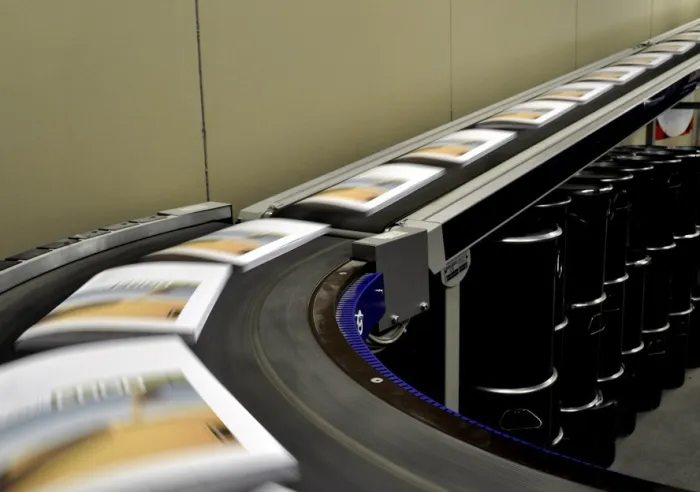
estimated reading time: 9 minutes
Book Printing Costs
Whether you are planning to print a novel, autobiography,
how-to manual, comic book, product catalog, or any other type of book, your
project will require a set of specifications.
All of the specifications you choose will factor into the
overall expense, with each contributing to the cost in different ways. Understanding
which factors will influence printing costs the most can help you make better decisions
as you strive to get the best value for your printed books.
To assist you in this regard, below is a list of the factors
that have the most effect on the printing costs of a book project. By balancing
these factors with your intended goals, you can achieve high quality book
production at an affordable rate.
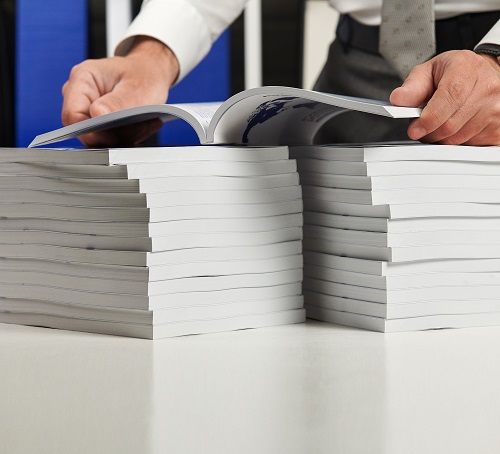
Order Quantity -
The unit cost of printed books is greatly affected by the
number of books produced in a single press run. Using an example of 2000 books
vs 200 books, the unit cost for an order of 2000 books will be much lower than
the unit cost for an order of 200 books. This is because the 2000 and 200 run
quantities will actually be produced on different types of printing presses,
with each job being matched to its most cost-effective production method.
In the case of 2000 books, the most efficient production
method would be an Offset printing press. An offset press incurs some upfront
costs for creating printing plates and performing a detailed make-ready
process, but once the press is ready to run, it is extremely fast and very efficient.
With offset printing, as the print quantity increases, the upfront prep costs get
distributed across more units. This allows the unit cost to drop dramatically
on longer press runs.
Now in the case of 200 books, the most efficient production
method would be a Digital printing press. Digital printing does not use
printing plates or require an extensive make-ready process. This allows
printing jobs to commence much sooner. However, although digital printing incurs no upfront costs for plates or make-ready, the unit costs of printing with a
digital press do not vary that much as the order quantity increases, so the
economies of scale don't apply as they would with an offset press.
The bottom line is that a Digital press has the cost
advantage over an Offset press for short run projects and an offset press has
the cost advantage over a digital press for longer runs. That said, you never
want to order more books than you will actually need just to attain a lower unit
price. This is because an unused overstock of books will negate any
initial cost savings. So until you have a feel for the popularity of the book,
it is recommended to start off with digitally produced books until the level of
demand affirms the need for offset production.
Page Count -
As you would expect, the more pages in the book, the more
paper and ink will be needed to create the book. Hence, the unit price of the
book goes up as its page count increases. Also, the more pages a book has, the
greater its weight becomes and the more it will cost to ship.
Even though a thicker book may be perceived by many as having a
higher value, a book should still avoid content that is redundant,
non-essential, or merely used to fill space. Concise and straightforward content,
where each page adds real value, should be the goal. Following this guideline may
result in a thin book or it may result in a thick book, but either way the final
page count will be the true minimum number of pages needed to properly relay
the content.
By the way, some book creators may be tempted to reduce the
font size or shrink the page margins to fit more words on a page and thus reduce the
overall page count. However, to maintain a book's readability, it is
recommended that the font size stay within the 10pt to 12pt range. If the type
is too small, the eyes of the reader will become fatigued and the book will be
uncomfortable to use. This results in a bad user experience and can lower the opinion of an otherwise marvelous book.
Also, narrowing the page margins to fit more text onto each
page is another practice that is not recommended. The white space provided by
ample margins helps to frame the printed content and offers the eyes a visual
resting place after reading each line. Margins also provide a convenient place
for the hands to hold the book open without obstructing any content.
Dimensions -
The overall dimensions of a book play a significant role in
determining its production costs. All else being equal, books that are physically larger in size will
naturally require more paper and ink to create, thus increasing the expense of
materials.
Also, the orientation chosen for a book (e.g. portrait or landscape) affects production costs as well. Because the portrait format has
such widespread use, most of the printing and binding equipment used to produce
books is geared toward this orientation. Plus, the grain direction and
dimensions of most paper stocks are intended primarily for portrait oriented
books. As a result, portrait books are almost always more economical to produce
than landscape books.
Paper Type -
There are many different types of paper available for
printing. Since a book is constructed of paper sheets that have been bound
together, the paper cost is obviously a big part of any book project.
Because each book project is unique, the paper's thickness,
sheen level, texture, color, opacity, and other attributes are chosen on a
project-by-project basis. These characteristics, as well as the availability of the paper, are what determine its cost.
Specialty and premium quality papers can enhance the look and feel of a book but also carry a higher price tag. Also, should you prefer a specific brand of paper for your book, it is often wise to include a second paper choice on your quote request in the event your first choice happens to be in short supply.
If you don't have a brand preference, you will generally attain a better value. This is because your printer can use one of the house sheets they have in inventory.
As consumers have sought more eco-friendly options over the past few decades, paper recycling has grown in popularity. That being said, you may be
surprised to learn that because of the lengthier manufacturing process, recycled paper options are often more expensive
than their virgin counterparts. So keep that in mind if cost is a major concern for your book project.
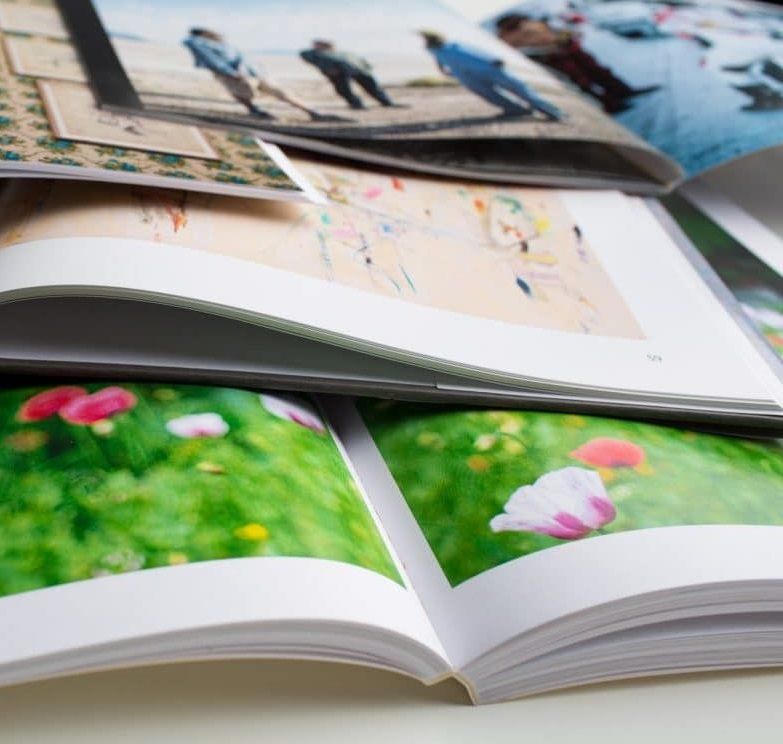
Ink Colors -
Full Color printing, also known as 4-Color Process printing, uses
the four ink colors of Cyan, Magenta, Yellow, and Black. The printing press applies these four colors in successive layers of tiny ink dots as the paper travels through the press. The
inks are semi-transparent and intermingle on the sheet to form full color images.
Though the price has come down over the past few decades, full
color printing still costs more than black-and-white printing or grayscale. This
is because full color printing uses four ink colors instead of just black.
Certain books, such as catalogs used for promotional purposes,
children's books, cookbooks, photo books, and other books that need to contain vivid imagery will
almost always be printed in full color throughout. Books that serve utilitarian
purposes, such as product instruction manuals or installation guides, are often
printed in black ink and/or grayscale to keep the production cost as low as possible.
A large majority of books, including fiction and
non-fiction, novels and autobiographies, membership directories, self-help
books, textbooks and workbooks, poetry books and a host of other genres, often have a
full color cover with pages that are printed in black ink or grayscale. This ink combination
offers the best of both worlds - a colorful, eye-catching cover and interior pages
that have excellent contrast and readability.
It is also worth mentioning the ink colors from the Pantone Matching
System, commonly known as PMS colors or Spot colors. This system offers a range of colors
not available with 4-Color Process printing, including fluorescent and metallic
inks. Unlike the layering of inks with 4-Color Process printing, PMS inks are premixed
from specific formulas and applied as solid, standalone colors. Hence, PMS
colors remain consistent regardless of where, when, or by whom they are
applied.
Because of the consistent formulations, many businesses and
organizations use PMS colors for logos, taglines, packaging, and other purposes
related to branding and trademarks. PMS colors can be used singularly, or in unison
with other PMS colors. They can also be used as a supplement to 4-Color Process
printing.
The cost of PMS colors can vary depending on the actual
color(s) chosen, so it is difficult to say how the cost will compare to 4-Color Process
printing. Sometimes a PMS job will cost less and sometimes it will cost more. It is
also important to know that an offset printing press can apply every one of the PMS ink
colors. Certain digital presses can print some of the true PMS colors, but most
digital presses can only approximate PMS colors using the 4-Color (Cyan,
Magenta, Yellow, and Black) printing process.
The bottom line in regard to ink colors is that color
printing will cost more than printing in black ink or grayscale. So unless color
is absolutely necessary for the pages of your book, consider using black ink for the text and grayscale for the images to minimize the expense.
Binding Style -
The type of binding you choose for your book will affect the
overall cost. Hardcover binding is rigid and durable, but it is the most
expensive binding option because it requires a more involved fabrication process. Its heft
also increases the shipping costs. Conversely,
saddle-stitching is the least expensive option. However, Saddle-Stitching works
best on books with a page count of 60 or less.
Perfect Binding is one of the most popular softcover binding
methods because of its clean appearance and affordability. Spiral Coil Binding
and Comb Binding are also popular options and share a price point similar to Perfect Binding.
Wire-O binding is another punch-and-bind system like Spiral Coil and Comb Binding, but it costs a little more than these two. However, its twin-looped
wire coils produce a very distinctive look.
Often, the nature of your book, the page count, and your budget
is what determines the best binding style for your project. If in doubt, you
can always get recommendations from your printer. Also, you can request a quote
on more than one binding style for your book project to see which is more
economical.
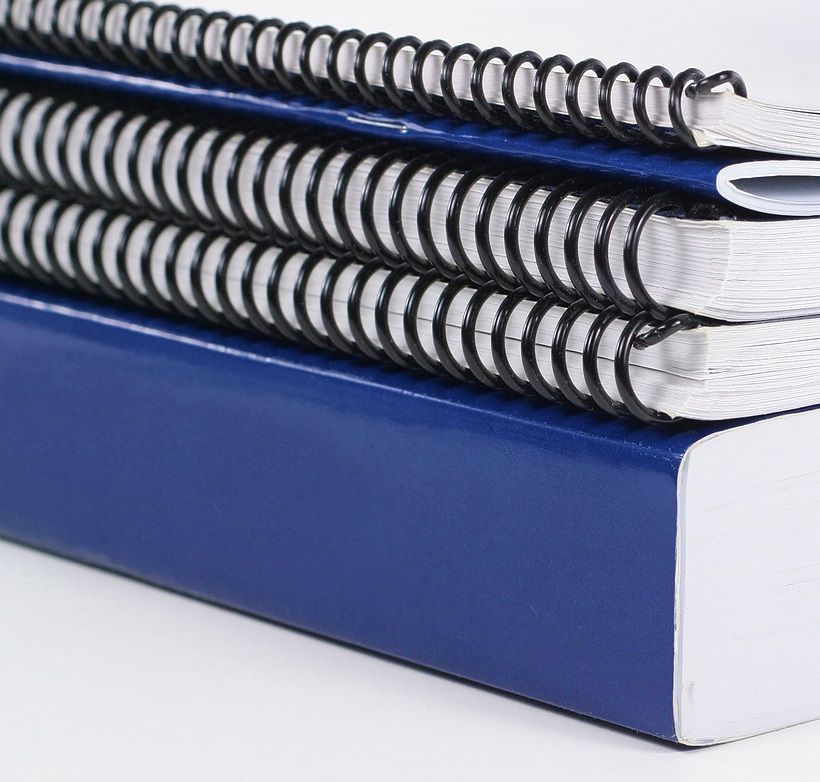
Enhancements -
Specialty finishing operations are a popular way to enhance
the look, feel, and/or function of a printed book. For example, gloss, matte, and
soft touch coatings or laminates are commonly added to a book's cover. Metallic
foil stamping, embossing/debossing, die cutting, and spot UV are also popular
options for making a book unique.
Although these optional enhancements come with an additional
cost, the uniqueness they add to a book project is almost always worth the investment,
especially when the intended audience for the book is known to appreciate an unusual,
creative, or prestigious look.
Achieve all your printing goals with Color Vision!
Color Vision is ready to assist with all your book printing
needs. Because we specialize in book printing, we can help you optimize your print
budget without compromising on the quality or function of your books.
We've been printing and binding all types of books and
booklets for decades, so if you are looking for affordable printing services be
sure to get in touch with us.
Just give us a call at 800-543-6299 and we will be
happy to discuss your project. Or, use our simple Quote Request
form to forward your specifications to us and we will send you a quote by
email.
As always, we look forward to assisting you!
Related Articles:
Perfect Bound Book Printing: Tips for getting the Best Value
10 Ways to Reduce Printing Costs for Instruction Booklets
Related Articles
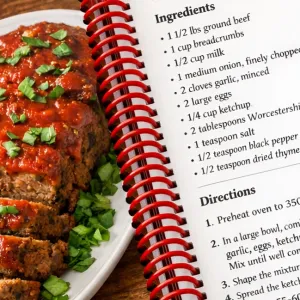
Which Book Projects Benefit From Being Spiral Bound?
Read This Article
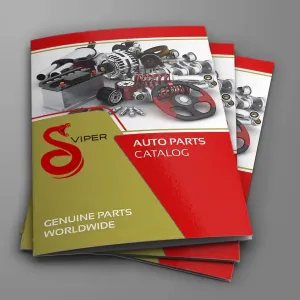
Booklet Catalogs: Why is this Catalog Format so Popular?
Read This Article
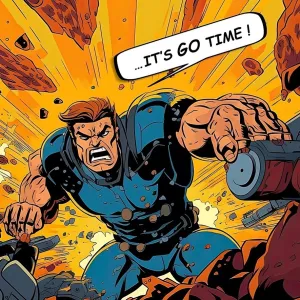
Creating a Comic Book? Here’s some Advice from a Printer
Read This Article

Perfect Binding vs PUR Binding: What is the Difference?
Read This Article